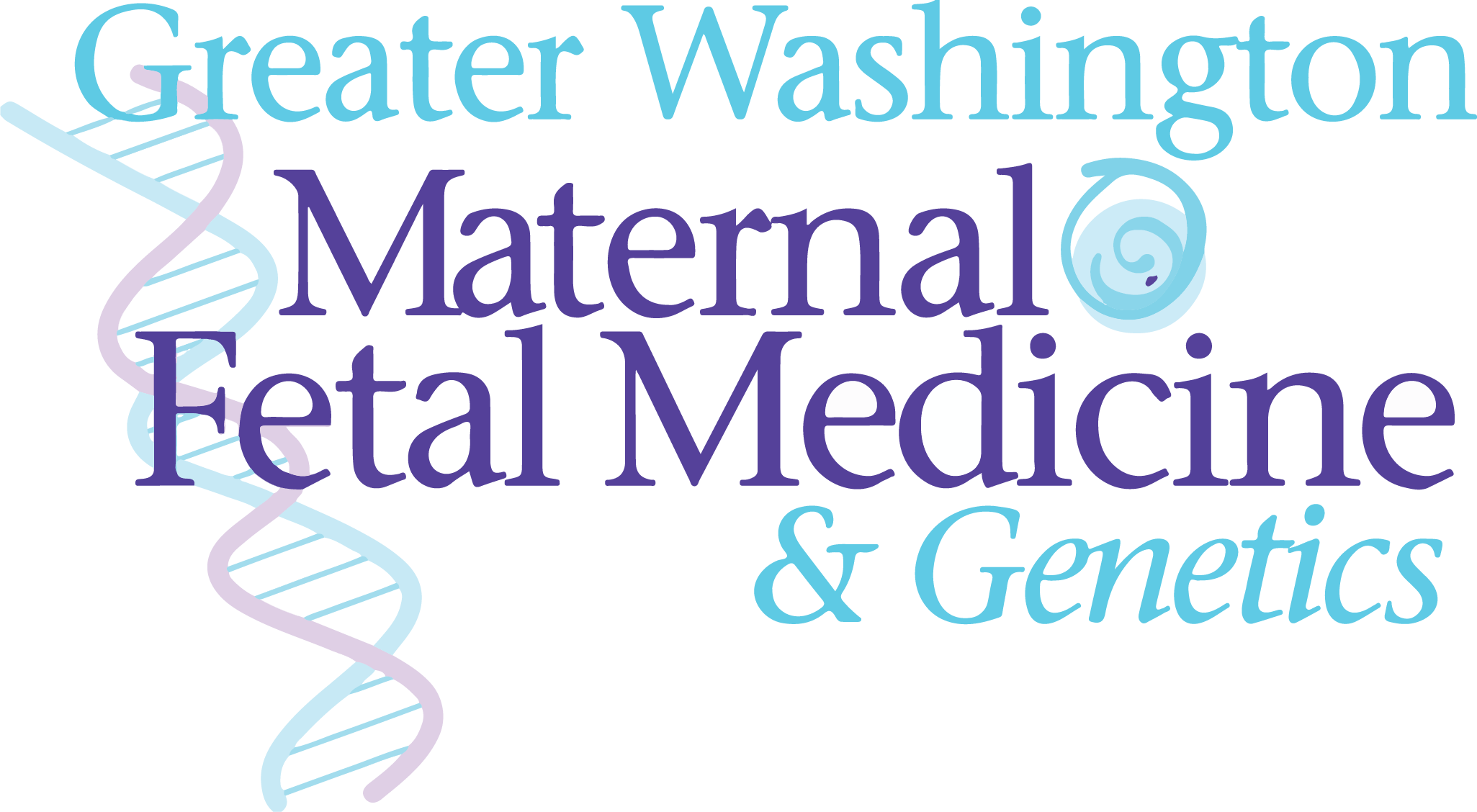Redating a Pregnancy
February 1, 2022

One of the most exciting details parents-to-be want to know is when their new addition will arrive. Due dates are, by their very nature, fluid. But when an expectant mother is given an estimated due date (EDD), it can be difficult to understand why the gestational age reflects a new or different due date. So what is the difference between the two and why are two sometimes different due dates are given to expecting parents? Let’s look at how the EDD and the gestational age are determined and what they mean for soon-to-be parents.
Confirming Pregnancy
While interesting to parents that are expecting a baby through all types of conception methods, the date of conception is not actually used in determining the EDD. Specific methods are used to determine the EDD of pregnancies resulting from natural conception, through IUI and those conceived through IVF.
- In naturally and intrauterine insemination (IUI) conceived pregnancies, the date of the last menstrual period (LMP) is used to provide an estimated due date for the baby.
- For IVF babies, the date of the embryo transfer is counted as the LMP date when determining the EDD for that pregnancy.
However, the accuracy of the LMP plays a part in how precise the EDD will be. In fact, a large study determined that only about one-half of women studied could accurately recall their LMP correctly. Reliance on a perfect LMP recall to determine the EDD can often lead to incorrect due date estimations, so pregnancy care providers often recommend the use of an app or a calendar to track periods to aid in accurate dating. In addition, expectant mothers can also let care providers know if their LMP was different in duration or otherwise unexpected as well, since changes in texture, heaviness, color, or other differences may be important in prenatal or other care.
Ultrasound Measurements: The Gold Standard
When pregnancy is given an EDD through LMP, it is actually more of a “working” due date rather than one set in stone. Even though it is tempting to view the EDD as the actual date baby will arrive, another factor may affect the actual target due date for the completion of the pregnancy: ultrasound measurements. Pregnancy providers will measure the fetus in the first trimester through ultrasound to determine the correct gestational age. As this may be done early on in a pregnancy, a first-trimester ultrasound may be used to confirm the EDD. For the most accurate EDD, if the due date from the sonogram measurements is estimated to be more than 7 days different than the LMP-determined date, a new EDD will be given.
No Sonogram in First Trimester
If an expectant mother did not receive an ultrasound until after 14 weeks of gestation, the accuracy of ultrasound measurements to predict gestational age is not as reliable. Other factors like natural growth variations of the fetus or a sudden change in the growth rate of the fetus can result in inaccurate measurements. In this case, the EDD would refer to the LMP when a sonogram is not done prior to the second trimester.
Redating Your Pregnancy
The great news is that if you are one of the less than 10% of expectant mothers whose EDD changed as a result of your sonogram measurements, you don’t have to worry that redating your pregnancy will cause a problem. In fact, you are more likely to receive accurate, development-specific care for your pregnancy when a more accurate EDD is determined. This permanent due date reflects the best obstetrical estimation of the gestational age of your baby, so you can feel confident that this redating is accurate and reflects the closest estimation of the due date of your pregnancy.




